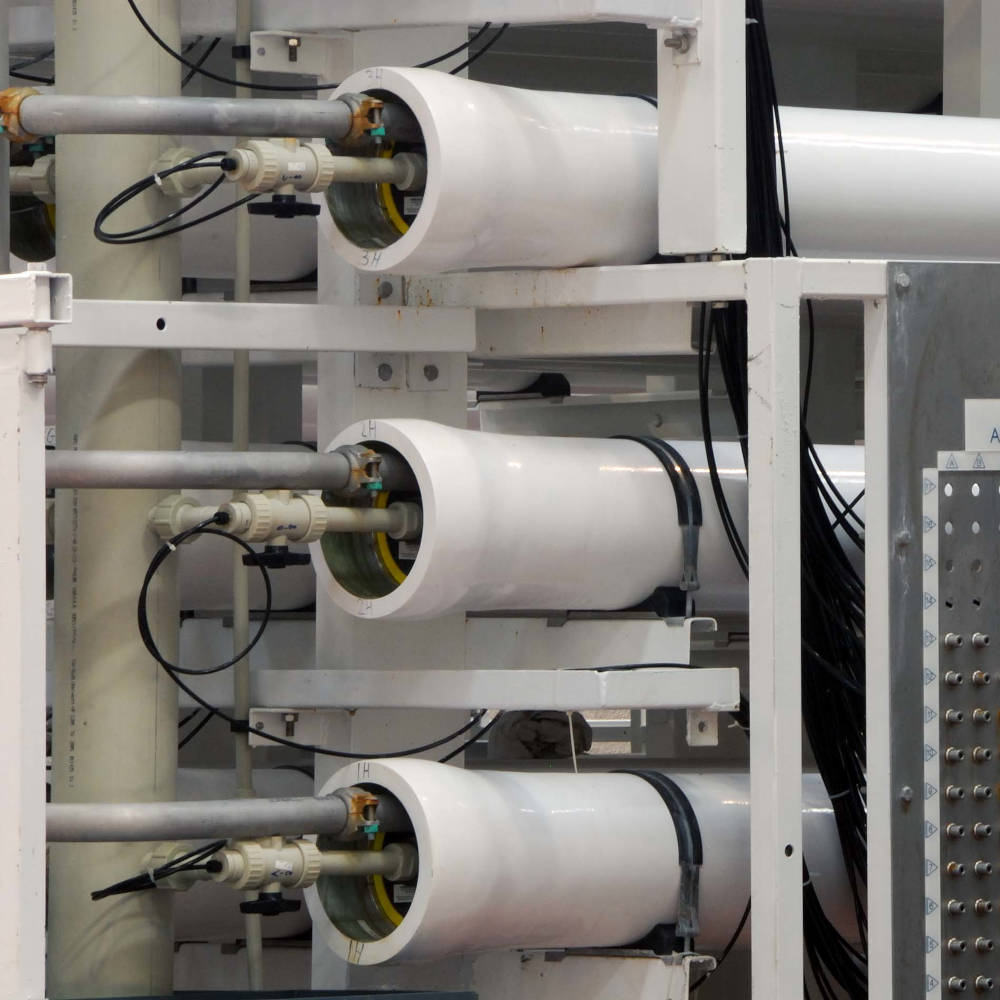The concept of a circular economy is often discussed in abstract terms, with frequent mentions of zero-waste policies or resource reuse. However, it’s always beneficial to see this philosophy in action through real-world examples. One such project is set to combine the production of drinking water, renewable energy, and the recovery of resources needed for its operation. It’s called LIFE INDESAL, and it could become a model for future desalination plants.
LIFE INDESAL, a project led by ACCIONA in partnership with a consortium of universities and companies, is funded by the European Commission through the LIFE program. Its significance lies in its aim to meet two critical human needs: renewable energy and drinking water, especially in the context of increasingly severe droughts.
Ensuring universal access to drinking water is one of the biggest challenges of the coming decades. For perspective, within the European Union alone, renewable water resources (such as groundwater, lakes, rivers, and reservoirs) have declined by 24% over the past 50 years, with one-third of the territory now facing water stress. At the same time, renewable energy is essential to decarbonization and combating climate change. A project that tackles both issues is great news.

How does a desalination plant work?
To understand how LIFE INDESAL optimizes current processes, it’s important to know how a conventional desalination plant operates. The most efficient and widely used technology today is reverse osmosis. This process uses pressure to push water through a semi-permeable membrane, filtering out contaminants and dissolved salts.
This process consumes energy and produces brine, a by-product that’s essentially saltier water, similar to the liquid found in olive jars. Using renewable energy, improving energy efficiency, and leveragingg the brine are key to making desalination more sustainable. This is precisely where LIFE INDESAL focuses its efforts.
Technological innovation in the service of sustainability
The project demonstrates how innovation can drive progress toward a greener economy. LIFE INDESAL integrates three advanced technologies to maximize the efficiency and sustainability of desalination.

- First, it employs an energy-efficient reverse osmosis system that uses a low-pressure multistage configuration to reduce energy consumption, as desalination is energy-intensive.
- Secondly, it introduces reverse electrodialysis, a technology that generates energy from the salt gradient between two streams of brine with different salinities. This is often referred to as “blue energy.” You can read more about this promising renewable energy source in this article.
- Finally, electrodialysis with bipolar membranes is used to recover resources from the brine, allowing them to be reused in the desalination process, thus closing the loop.
Combining these technologies in one system is a significant step forward. It not only produces desalinated water with a lower carbon footprint compared to traditional methods, but also generates renewable energy and recovers essential chemicals.
Where is it being tested?
The project is being tested at a pre-industrial demonstration unit located at an existing desalination plant in Murcia, Spain. This pilot unit, designed for continuous 24/7 operation, will evaluate the feasibility and efficiency of the technologies in a real-world setting. The plant will treat the same type of water as the commercial facility, ensuring that the results are realistic and can be scaled up for industrial use.
What are the expected results?
LIFE INDESAL is expected to make a positive impact, particularly by improving energy efficiency and reducing CO2 emissions. In a conventional desalination plant with a capacity of 450,000 m³ per day, implementing LIFE INDESAL technologies could result in annual energy savings of 51 GWh, equivalent to reducing 12,250 tons of CO2 emissions. Additionally, recovering resources from the brine for use in the desalination process could save over 4,000 tons of chemicals annually.

In conclusion, LIFE INDESAL offers an innovative and sustainable approach to seawater desalination by integrating water and energy production with resource recovery. This aligns the desalination process with the principles of a circular economy, utilizing cutting-edge technology to reduce its environmental impact.
“LIFE INDESAL (LIFE21-ENV-ES-101074444) is funded by the European Union through the LIFE program, the EU’s only funding instrument for the environment and climate action. However, the views and opinions expressed are solely those of the authors and do not necessarily reflect those of the European Union or the European Climate, Infrastructure, and Environment Executive Agency (CINEA). Neither the European Union nor the granting authority can be held responsible for them.”
Source:


